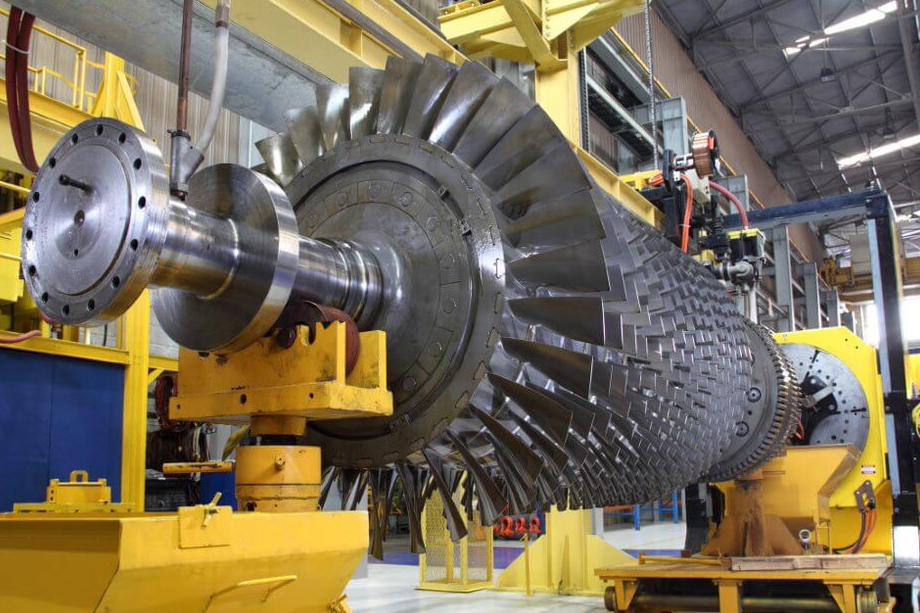How does EBM compare to other additive manufacturing technologies for superalloys?
How Does EBM Compare to Other Additive Manufacturing Technologies for Superalloys?
Key Differences in Process Environment and Energy Source
Electron Beam Melting (EBM) distinguishes itself from other metal additive manufacturing technologies like Selective Laser Melting (SLM), Direct Metal Laser Sintering (DMLS), and Binder Jetting through its use of a high-energy electron beam in a high-vacuum, high-temperature environment.
EBM operates at 600–1,000°C in vacuum, which significantly reduces residual stress and enables better material microstructure for crack-sensitive superalloys.
SLM/DMLS use lasers under inert gas (argon or nitrogen) atmospheres and build at lower temperatures, which can introduce thermal stress and require stress-relief heat treatment.
Binder Jetting prints at room temperature and relies on sintering afterward, achieving lower part densities (95–98%) compared to the 99.9% typically achieved by EBM.
Material Suitability and Performance for Superalloys
EBM excels in processing high-temperature nickel- and cobalt-based superalloys such as:
Inconel 718 – high creep resistance and strength up to 700°C
Haynes 230 – long-term stability for combustion hardware
Stellite 6B – wear-resistant for tooling and valve components
The vacuum environment in EBM prevents oxidation and contamination, making it ideal for reactive alloys. Compared to SLM, EBM parts typically exhibit coarser grain structures but improved crack resistance and fatigue performance.
Mechanical and Thermal Advantages
Technology | Density | Residual Stress | Surface Finish | Cooling Requirements | Typical Applications |
|---|---|---|---|---|---|
EBM | >99.5% | Minimal | Rougher (Ra ~25–35 µm) | No cooling gas needed | Turbine blades, implants |
SLM/DMLS | >99.5% | High | Finer (Ra ~10–20 µm) | Requires inert gas | Heat exchangers, tools |
Binder Jetting | 95–98% | None | As-printed smoother | Post-sintering needed | High-volume small parts |
EBM’s inherent high-temperature process produces parts with lower distortion and excellent material consolidation, ideal for components requiring superior fatigue strength in high-thermal-load environments.
Customer-Oriented Solutions and Services
To maximize the performance of superalloy parts, we offer:
3D Printing Technologies:
Compare our EBM, SLM, and Binder Jetting services for your application.
Superalloy Material Selection:
Post-Processing and Finishing:
Achieve optimal properties with HIP, thermal barrier coatings, and CNC machining.



